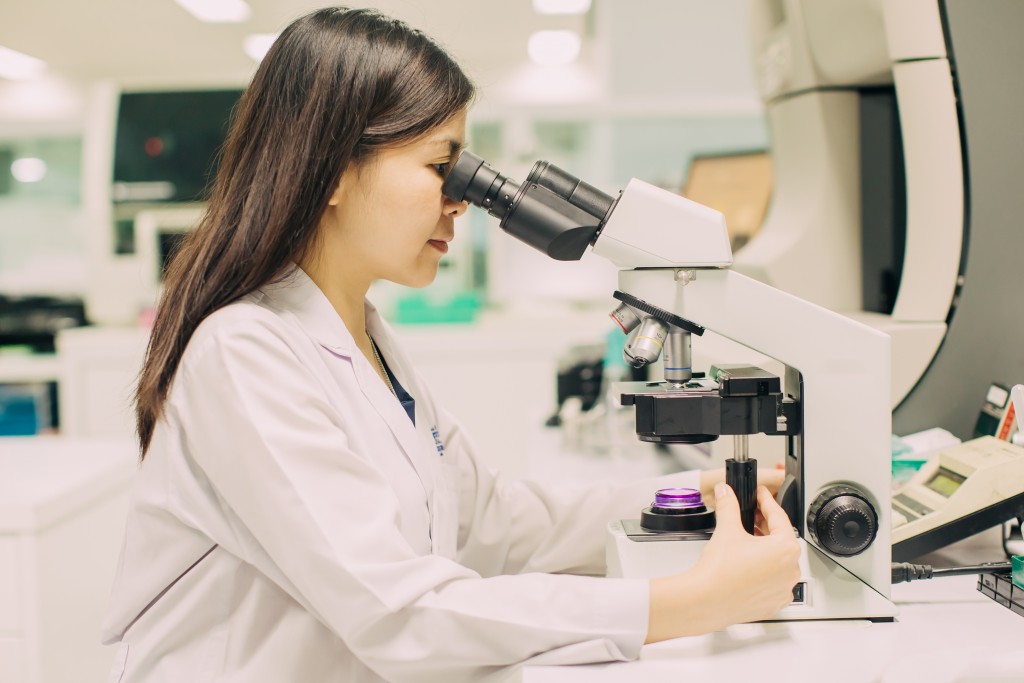Schools of medicine and teaching hospitals shoulder the responsibility of molding the next generation of medical practitioners. The success of the industry banks on these young professionals to provide and facilitate better healthcare for all. They come of age with a wealth of experience and become the next cadre to mold the next generation.
This process is perpetually cyclic. But quite more than often, developments in technology and healthcare needs demand a different teaching approach. Assays for spike protein inhibitors need to change whenever a global pandemic presents itself. There are also new medical drugs and procedures to learn, master, and practice. Without a doubt, medical education models must, therefore, change to accommodate these changes.
But irrespective of innovative medical teaching methods, several conventional methodologies of medical training remain indispensable. These include:
-
Doing ward rounds with students
As a medical teaching facility, you are in the best position to model industry-appropriate reasoning mechanisms. These mechanisms are critical in creating accurate diagnoses and prognoses. Students can then map out suitable treatment plans for the various diseases and health conditions they have encountered.
Interacting with patients also helps medical students objectify theoretical medical concepts. That is besides building their confidence in making informed medical decisions on the overall management and treatment of patients’ health conditions.
-
Students helping with medical procedures
Assign students simple tasks around the facility, so they learn on the job. That could mean anything from preparing referrals and obtaining samples to creating, editing, and translating medical forms. You can also require them to work under qualified nurses’ supervision and assist them in offering medication and therapy to patients.
Every medical student should also learn to accurately analyze the quality and quantity of inhibitors for spike proteins or other target entities. Proper modeling and documenting of the respective assays should then follow.

-
Providing practical and relatable feedback
Every student aches to know how they have performed in their assessments and evaluations. “You did not do this procedure correctly,” “You mixed up the prognoses,” “You ignored this symptom” are not such helpful responses to use. Provide detailed reasons about what they got wrong or missed. Such feedback will highlight and guide your students on where to improve next time.
Remember to keep your feedback positive, too. Reassure your students that they will succeed in the next session at whatever they missed doing right. Doing this will lift their confidence and their trust in the training process.
Conclusion: e-learning and teaching with modern technology
You want your students to become the best in the medical practice in which they are specializing. Have them work with you in the wards. Ask them to review x-rays, prepare patient notes, assess patients’ health progress, and prepare discharge summaries. Involve them in developing assays for inhibitors for spike proteins and other analytes. These conventional medical training strategies are especially critical in helping medical students to familiarize themselves with the hospital environment and medical processes quickly.
That’s not to mean medical simulations, e-learning, recorded media, and other modern teaching methods lack significant value in medical training. Modern residency programs are equally shifting their methodologies of training healthcare professionals. These modern training tools and strategies bridge the gap that changes in deliverables of medical training programs introduce. Their significance cannot, therefore, be under nor overrated.
